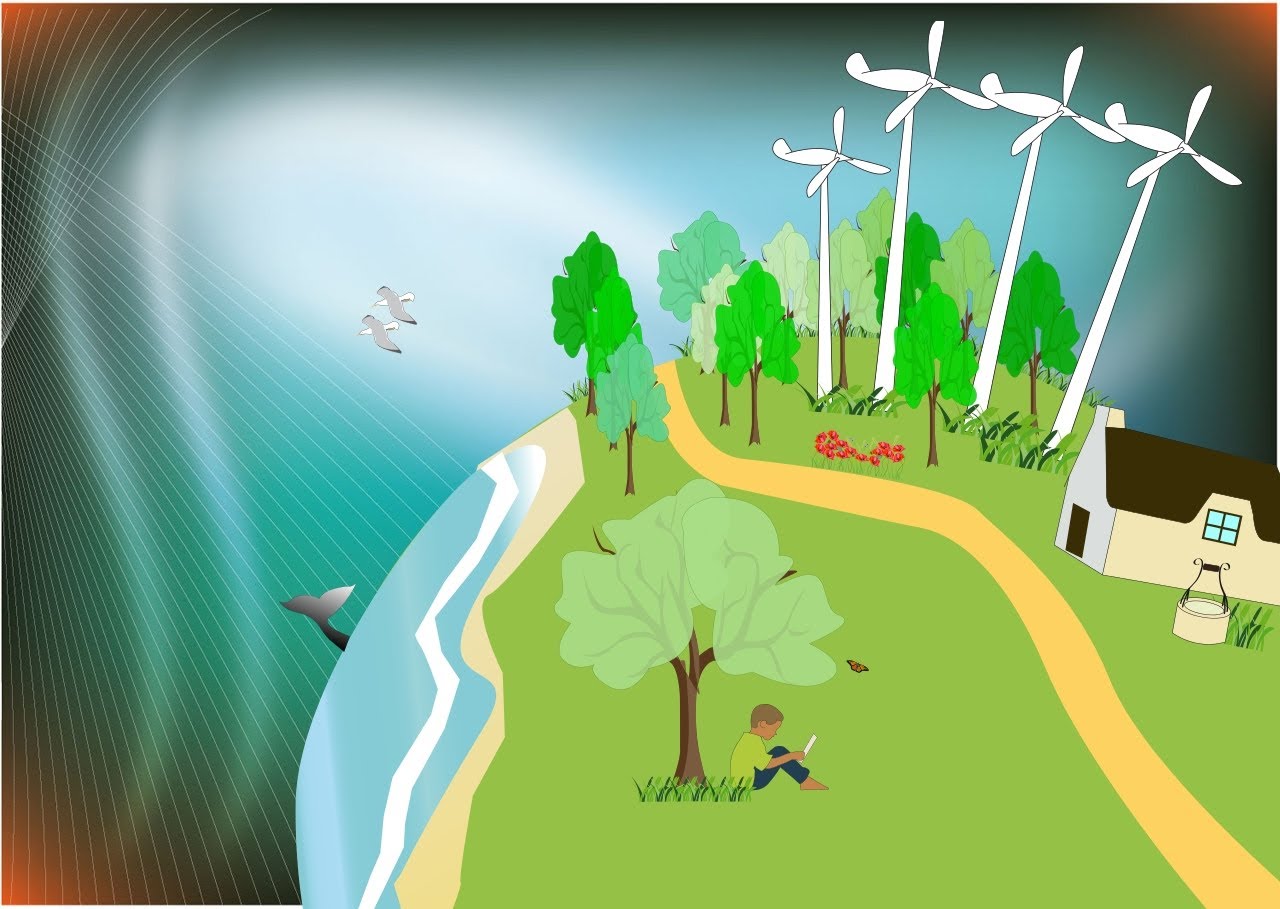This year, Earth Day coincides with the signing ceremony for the Paris Agreement on Climate Change, which will take place at UN Headquarters in New York.
The Agreement was adopted by all 196 Parties to the United Nations Framework Convention on Climate Change at COP21 in Paris on 12 December 2015. In the agreement, all countries agreed to work to limit global temperature rise to well below 2 degrees Celsius, and given the grave risks, to strive for 1.5 degrees Celsius. The signing ceremony takes place on the first day that the Agreement will be open for signatures, marking the first step toward ensuring that the Agreement enters into legal force as quickly as possible.
The General Assembly, recognising that Mother Earth is a common expression for the planet earth in a number of countries and regions, which reflects the interdependence that exists among human beings, other living species and the planet we all inhabit, and noting that Earth Day is observed each year in many countries, decided to designate 22 April as International Mother Earth Day in 2009, with resolution A/RES/63/278.
2016 Theme: Trees for the Earth
Earth Day was first celebrated in the United States in 1970 and is organised by the Earth Day Network. Its mission is to broaden and diversify the environmental movement worldwide and to mobilise it as the most effective vehicle to build a healthy, sustainable environment, address climate change, and protect the Earth for future generations. With this year’s theme, looking forward to its 50th anniversary, it sets the goal of planting 7.8 billion trees over the next five years.
Why Trees?
- Trees help combat climate change.
They absorb excess and harmful CO2 from our atmosphere. In fact, in a single year, an acre of mature trees absorbs the same amount of CO2 produced by driving the average car 26,000 miles. - Trees help us breathe clean air.
Trees absorb odours and pollutant gases (nitrogen oxides, ammonia, sulfur dioxide and ozone) and filter particulates out of the air by trapping them on their leaves and bark. - Trees help us to counteract the loss of species.
By planting the right trees, we can help counteract the loss of species, as well as provide increased habitat connectivity between regional forest patches. - Trees help communities and their Livelihoods.
Trees help communities achieve long-term economic and environmental sustainability and provide food, energy and income.
Harmony with Nature
The world has been slow to respond to the emergencies posed by global warming and the damage human activities are causing the planet. In 1972, the United Nations organised the first UN Conference on the Human Environment in Stockholm. It marked the beginning of a global awareness of the interdependence that exists among human beings, other living species, and our planet.
International Mother Earth Day promotes a view of the Earth as the entity that sustains all living things found in nature. It honours the Earth as a whole and our place within it. It does not seek to replace other events, such as Earth Day, which has been celebrated by many people around the world on 22 March since the 1970s, but rather to reinforce and reinterpret them based on the evolving challenges we face.
In 2009, at its Eighth Session, the Permanent Forum on Indigenous Issues requested special rapporteurs to prepare a Study on the need to recognise and respect the rights of Mother Earth. At its Ninth Session, the Permanent Forum on Indigenous Issues will discuss the findings of the study, as well as works toward establishing a Declaration on the Rights of Mother Earth.
Key documents on Mother Earth and Harmony with Nature
- General Assembly Resolution on Harmony with Nature (A/RES/67/214)
- Report of the Secretary-General on Harmony with Nature (A/67/317)
- World Charter for Nature
- Report of the Secretary-General on Harmony with Nature (A/66/302)
- General Assembly Resolution on Harmony with Nature (A/RES/65/164)
- General Assembly Resolution on Harmony with Nature (A/RES/64/196)
- Study on the need to recognize and respect the rights of Mother Earth (E/C.19/2010/4)
- General Assembly Resolution on International Mother Earth Day (A/RES/63/278)
- General Assembly Resolution on the International Year of Planet Earth, 2008 (A/RES/60/192)
Source: United Nations


